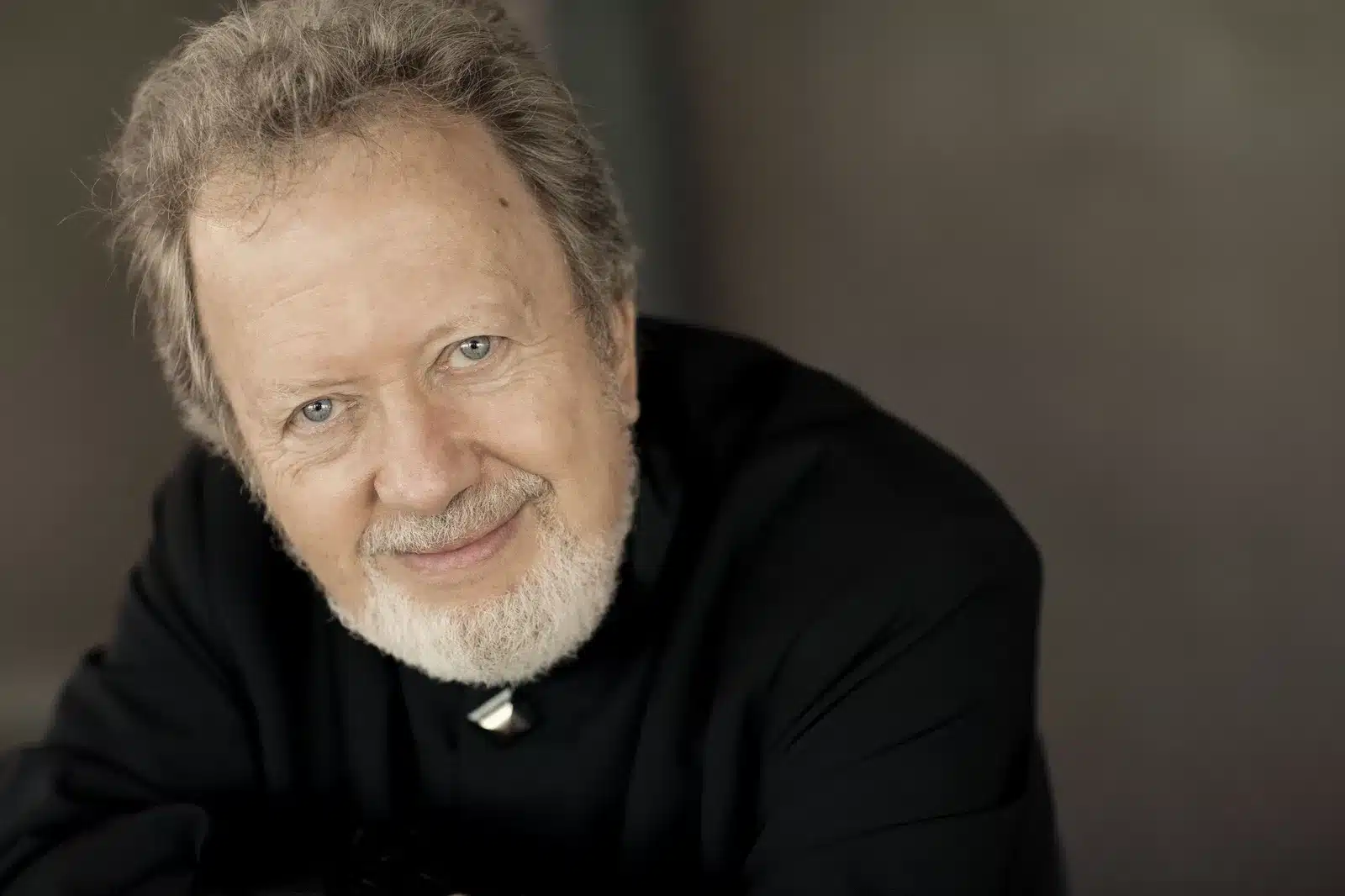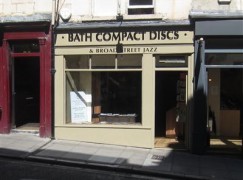What the Amadeus Quartet learned from Wilhelm Furtwängler
mainFrom a 2005 interview with the late Norbert Brainin, leader of the refugee Amadeus Quartet:
The best example of how an artist can, in the very first instant, “grab” the listener’s attention, and “tune him in” to the way the entire work will proceed before him, was Wilhelm Furtwängler. The tone was there, straight off, and his famous or, if you will, notorious “attack” was the textbook example of how a conductor can awaken that peculiar mixture of emotional tension and lively intelligence in his musicians and in his audience, that is so indispensable if one is to properly interpret a Classical work. (And forget trying to imitate him! One never knows what will come out.)
In general, here is how one could attempt to explain Furtwängler’s brilliant approach to the orchestra: He would seek to bring his musicians to play in the manner he intended them to play (i.e., from the standpoint of the composition as a whole). Never would he allow people to play the way they might have wished to. During rehearsals, by the way, Furtwängler rarely spoke, because words are of little use under such circumstances. Apart from the fact that everyone was expected to know the piece, the musicians were expected to focus entirely on the music, and “listen into” the music; musicians must, in the finest meaning of the word, develop a “feeling” for the music. Through his gestures, and his laconic “Take it again,” Furtwängler succeeded. I knew exactly what he was getting at, and I did the same in my Quartet.
Discuss.






Comments